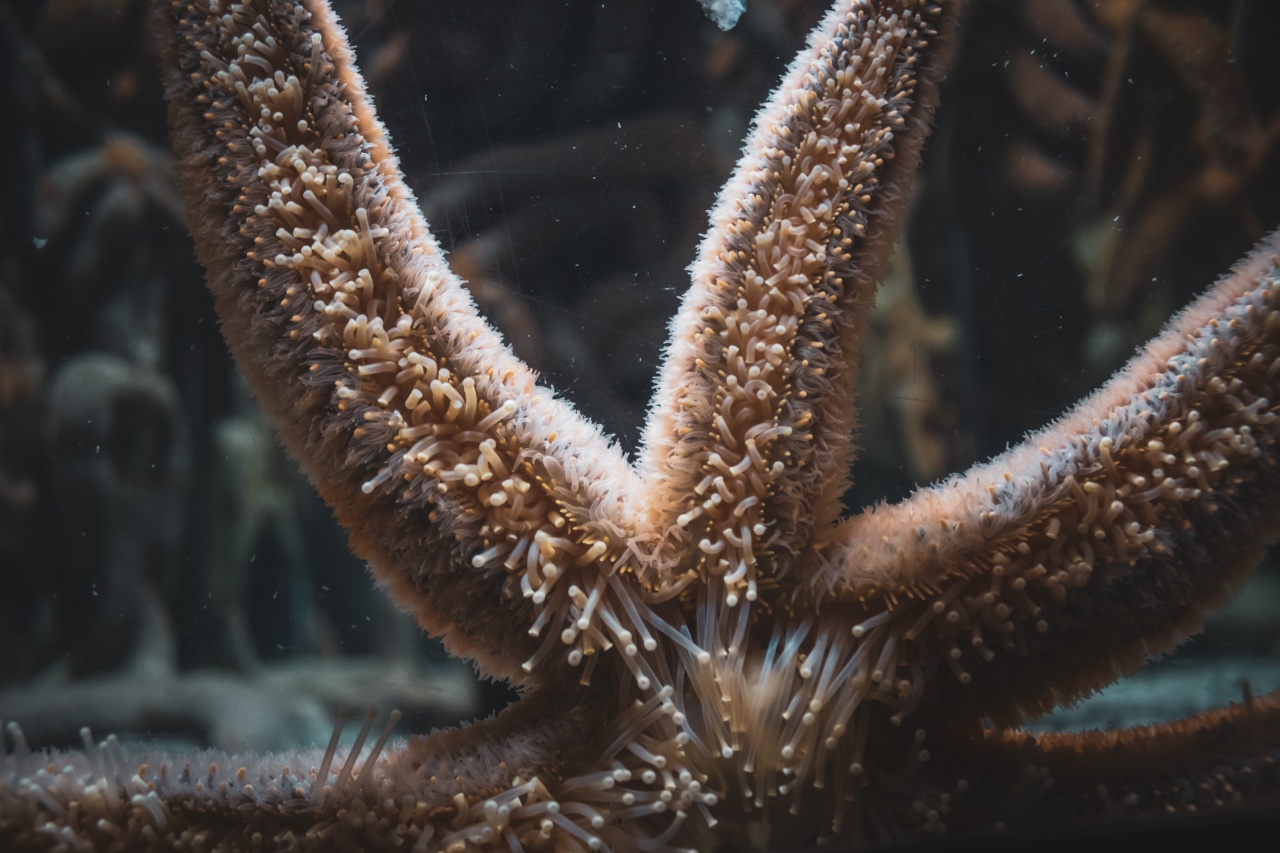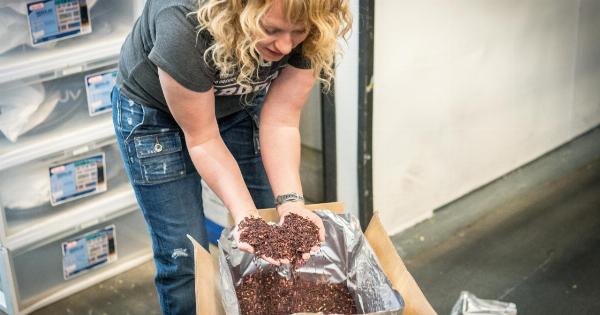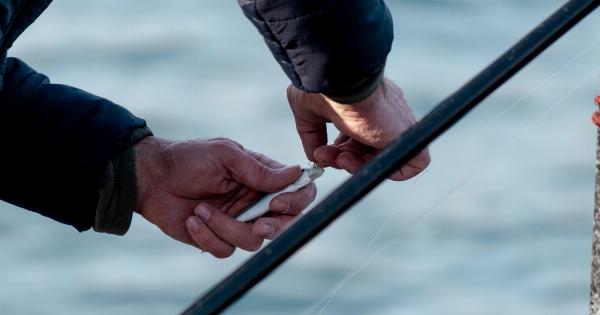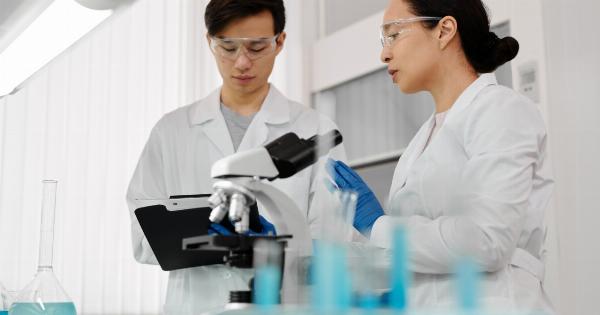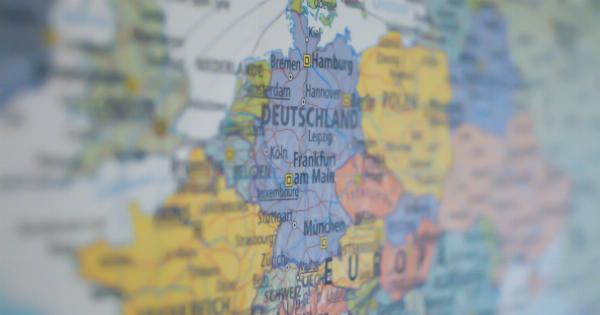Microplastic ingestion refers to the act of consuming tiny plastic particles that are less than 5mm in size.
The sources of these microplastics could be synthetic fibers from clothing, microbeads in cosmetics, car tires, discarded plastic waste in the oceans, and several others. Microplastic ingestion is a common occurrence among marine animals and birds, and it poses a threat to their health and survival.
Moreover, there have been reports of the potential dangers of microplastic ingestion to human health, as well as its impact on the environment.
Impacts of microplastic ingestion on marine animals
Marine animals such as fish, turtles, whales, and birds are affected by microplastic ingestion.
Research has shown that microplastics can accumulate in the digestive system of these animals, which can lead to blockages, reduced feeding efficiency, and in some cases, death. For instance, a 2015 study revealed that seabirds that ingested plastic had a 20% mortality rate compared to those that did not have plastic in their systems.
Furthermore, microplastics can affect the reproductive capabilities of marine animals. A research study conducted on oysters showed that microplastics exposure led to a decrease in oyster reproductive capacity.
Also, studies have revealed that fish exposed to microplastics can experience changes in their behavior, such as reduced swimming speed and increased aggression.
Human health concerns
Microplastics ingestion is also a concern for human health as research shows that humans can consume microplastics through various sources such as food and water.
There is evidence showing the presence of microplastics in bottled water, tap water, and even beer. Although the health effects of microplastic ingestion on humans are not quite clear, studies have shown that microplastics can cause inflammation, oxidative stress, and induce genotoxicity in humans.
Environmental concerns
Microplastic ingestion is also a significant environmental concern. Microplastics, which are known to be persistent in the environment, could end up in soil, freshwater, and the oceans.
These plastic particles can affect the growth of crops, alter the composition of the soil, and cause harm to wildlife and biodiversity. Furthermore, microplastics in oceans and freshwater bodies can pose a risk to human health as it can contaminate the food chain.
Sources of microplastic ingestion
The sources of microplastic ingestion are diverse and range from clothing materials to the food we eat. Some of the sources of microplastics ingestion include.
- Plastic waste in the ocean
- Microbeads in cosmetics and personal care products
- Synthetic textiles such as polyester, nylon, and acrylic
- Car tire abrasion
- Plastic packaging materials
- Chemical spills and industrial releases
Preventing Microplastic Ingestion
Preventing microplastic ingestion is crucial as it can save marine lives, protect human health, and preserve the environment. Some measures that could help prevent microplastic ingestion include:.
- Avoid purchasing products that contain microbeads such as face scrubs and toothpaste
- Reduce the use of plastics and recycle plastics properly
- Reduce the use of synthetic materials and switch to natural alternatives such as cotton, silk, and wool
- Opt for eco-friendly products such as reusable shopping bags, refillable water bottles, and biodegradable straws made from natural material such as bamboo
Conclusion
Microplastic ingestion is a common occurrence, and it poses a significant threat to marine animals, human health, and the environment.
The sources of microplastics are diverse, and it is essential that individuals, organizations, and governments take action towards preventing microplastic ingestion. Preventive measures such as reducing plastic use, proper recycling, and using eco-friendly products could help mitigate the adverse effects of microplastic ingestion.
